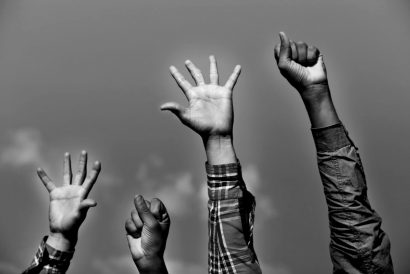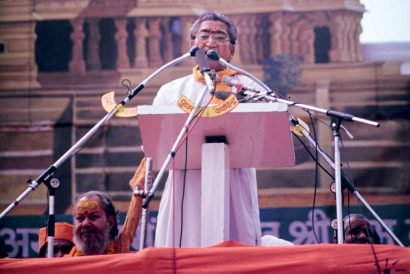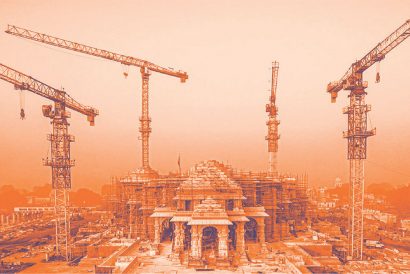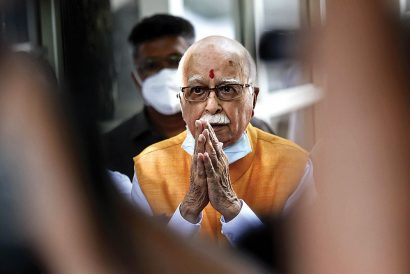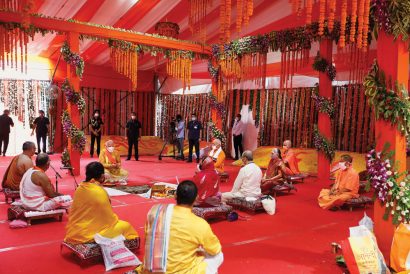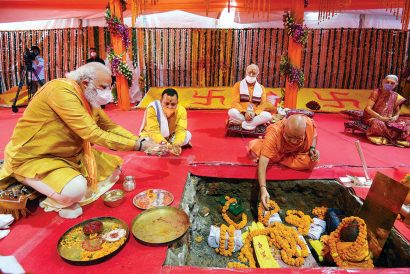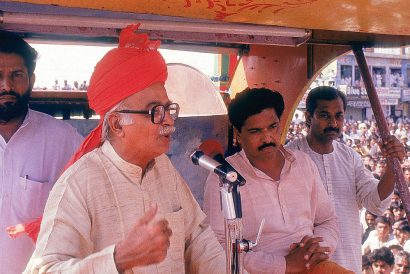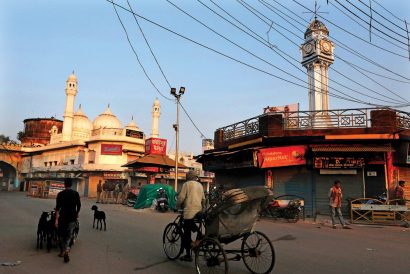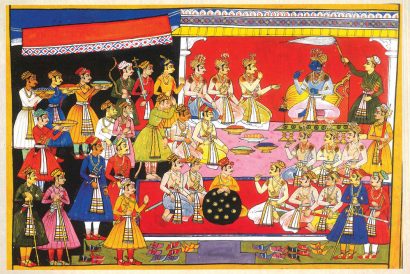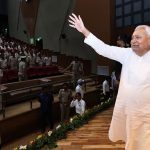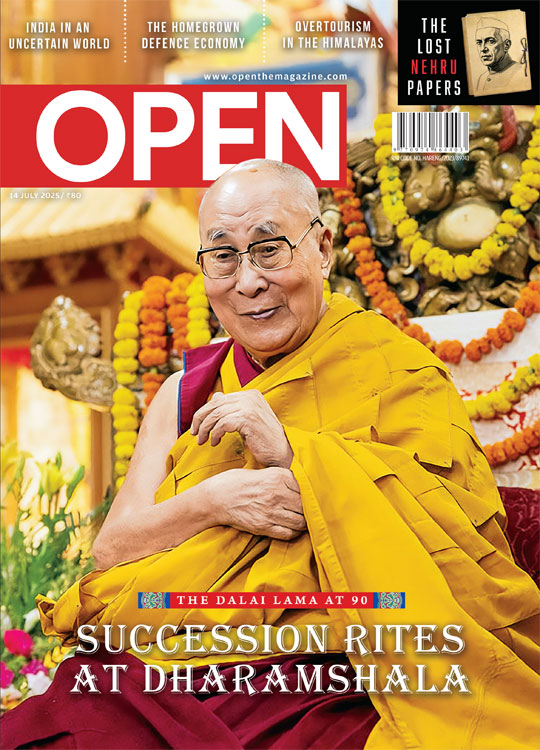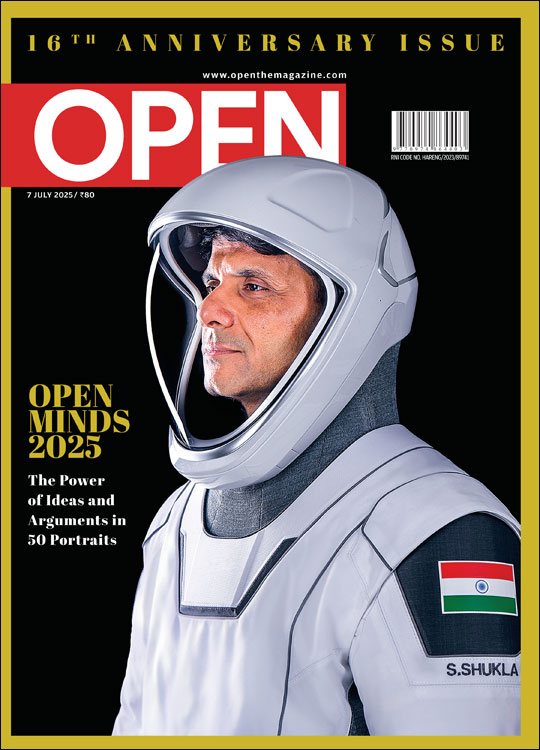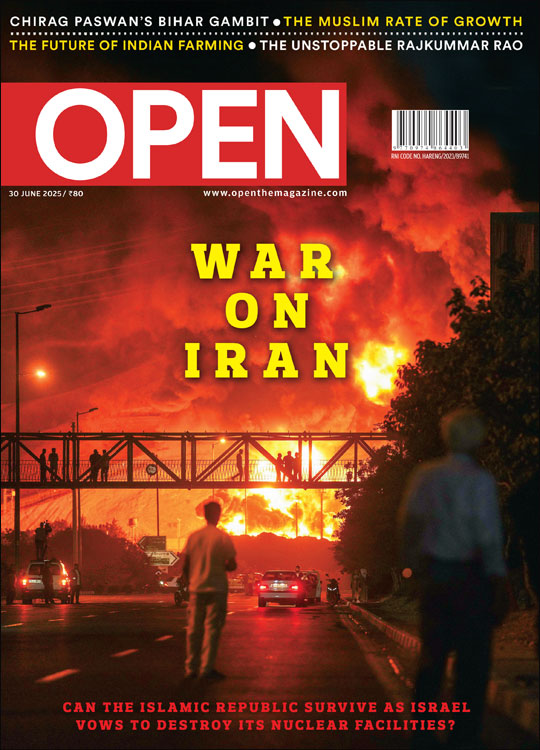Babri Masjid
A Temple of Sovereignty and Nationhood
How Modi steered the expressions of raw anger into an articulation of national pride
Ashok Singhal: Moving Spirit
Ashok Singhal was unperturbed by what people said about him, focused on his task
Modi Redeems a Sacred Pledge in Ayodhya
What the Ram Temple does is to link nationhood to a deeper and longer perspective, incorporating INDIA’S entire cultural inheritance, from antiquity to the present
A Year in the Life of Ayodhya
Events that have followed the Ram Rath Yatra of 1990, culminating in August 2020, are a collective testimony to LK Advani’s strategic thinking
Ram’s Ghar Wapsi
Go to any museum or temple in India. Not one murti or figure from premodern India survives without disfiguration. If there is one, then the only explanation will be that it somehow escaped Muslim marauders

/wp-content/uploads/2025/07/Cover_Crashcause.jpg)
